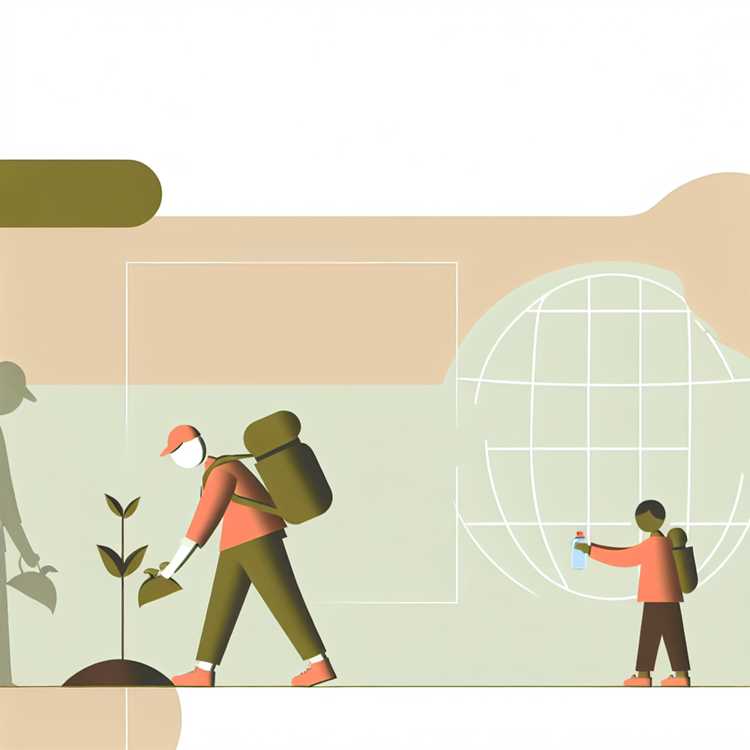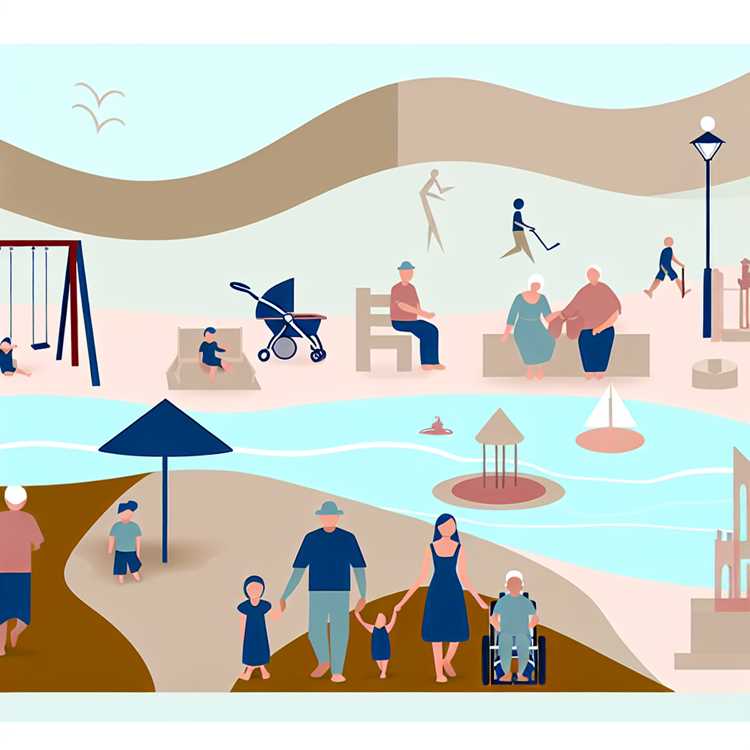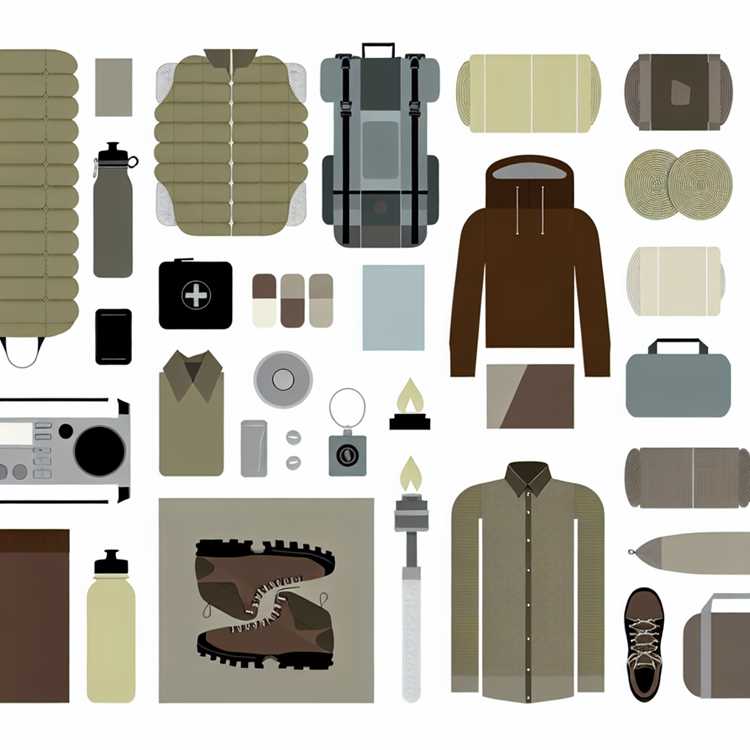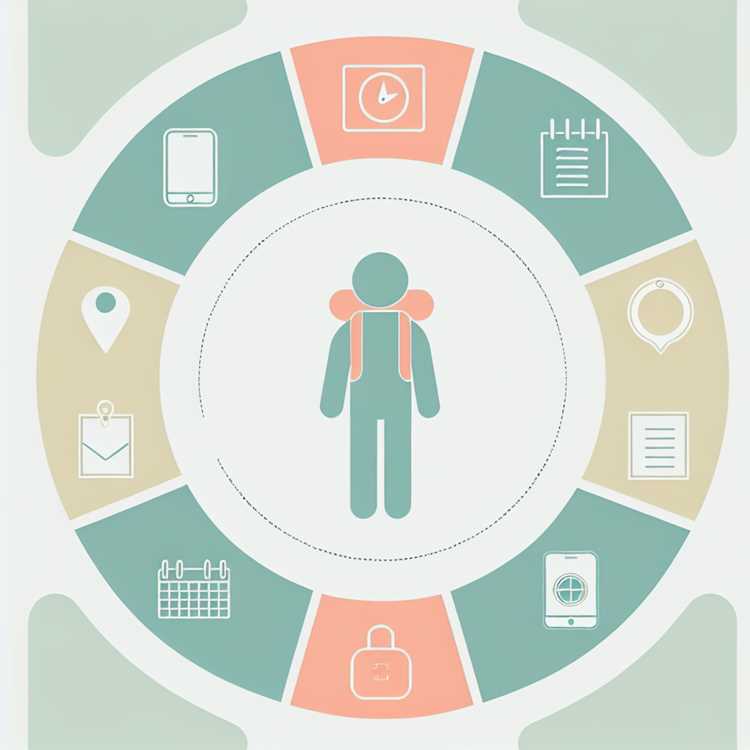
Choose programs that publish measurable outcomes: request baseline data, annual reports and third-party evaluations before you pay fees. Look for concrete metrics such as participant counts, retention rates, change in household income, literacy assessment score improvements, tree survival percentage after 12 months and documented budgets showing local payroll vs. international overhead. Programs that track at least three outcome indicators and report results annually demonstrate accountability.
Verify the partnership model: confirm a named local partner, request a copy of the safeguarding policy, and check for audited financial statements from the last two years. Ask for a written role description, the contact of the local supervisor, and at least three recent volunteer references you can call or email. Avoid placements where volunteers perform tasks that local staff could do or where the organization cannot show how volunteer work builds local capacity.
Match time commitment to task: teaching and community health work require a minimum of three months for curriculum continuity or patient follow-up; technical roles (skilled construction, water systems) typically need 2–6 weeks with a trained crew to hand over maintenance manuals; very short stays under two weeks rarely produce measurable benefits and can increase local costs for coordination. If you lack on-site availability, offer paid remote support or fund local salaries instead of short-term travel.
Budget and health logistics: expect program fees from roughly $200 to $1,800 for 1–4 week placements; long-term placements commonly run $300–$800 per month. Purchase travel insurance that includes medical evacuation and repatriation with coverage of at least $100,000. Update routine vaccines and consider hepatitis A, typhoid, and region-specific shots (yellow fever, rabies) plus malaria prophylaxis where recommended. For flights, a transatlantic roundtrip emits about 1.6–2.0 metric tons CO2; offset with certified projects (Gold Standard, Verra) or choose lower-emission transport when feasible.
Design for local benefit and measurement: require a written exit plan and handover schedule before you arrive, with baseline, midline (≈6 months) and endline (≈12 months) data collection agreed with the community. Prioritize hiring local workers, buying materials locally and building staff skills through structured training sessions with written curricula. Use simple KPIs that community members help select and collect (attendance lists, crop yields per hectare, patient follow-up rates).
Prepare practically and respectfully: learn 50–100 essential phrases in the local language, carry photocopies of key documents, and pack durable basics while buying food and consumables locally. Clarify accommodation, daily schedule and cash handling with your host ahead of travel. Complete criminal-record checks and child-protection training if you will work with minors, and back up critical files off-site with encrypted storage.
How to assess local community needs before joining a volunteer project
Request the host organisation’s most recent community needs assessment and baseline datasets (past 12 months) before committing: ask for raw numbers on population, service coverage and outcome indicators rather than high-level summaries.
Key indicators to request and target thresholds
- Population and age breakdown (total, % children under 5, % youth 15–24).
- Health: under-5 mortality (per 1,000 live births), stunting prevalence (%) among under-5s–stunting >30% signals a high nutrition burden; vaccination coverage (%) for measles and DPT.
- Water & sanitation: % households with access to safely managed drinking water and improved sanitation; access <75% indicates widespread service gaps.
- Education: net primary enrolment (%), primary completion rate (%), pupil–teacher ratio; enrolment <90% merits targeted education support.
- Livelihoods & poverty: poverty headcount ratio (national %), unemployment or underemployment rates.
- Disease burden / public health risks: malaria incidence per 1,000, HIV prevalence (%) where relevant, recent epidemic alerts.
- Infrastructure: distance to nearest health clinic (km), presence of reliable electricity, road access during rainy season.
- Existing services: list of NGOs, government programs and private providers operating in the same sector and their geographic coverage.
Practical verification steps
- Triangulate figures with at least two independent sources: national statistics office, World Bank or WHO country data, and a local NGO report. For national datasets use https://data.worldbank.org/.
- Ask for primary documents: copies of local government development plans, minutes from village meetings, and recent household surveys. Confirm dates and sampling methods.
- Conduct a short rapid appraisal on arrival: 15–30 household interviews per village (convenience with purposive checks) plus 3–5 key informant interviews (teacher, nurse, local leader) to validate reported priorities.
- Use simple quantitative baselines you can measure again: e.g., % households with safe water (sample n ≥30), number of children enrolled in targeted class, clinic patient counts per week.
- Set measurable targets and time-bound indicators (SMART): baseline value, numeric target, data source, collection frequency and responsible person.
- Watch for red flags before joining: no documented local consent, absence of a local partner, identical services already provided by others, or plans that create short-term dependency without handover.
- Respect ethics and data protection: obtain informed consent for any survey, explain use of data, avoid photographing people without permission, and offer local language forms or translators.
- Plan an exit or handover: require the host to present a sustainability plan with roles, local capacity-building activities and a timeline for transfer of responsibilities.
If you need a quick checklist to send to a host organisation, request: (1) most recent needs assessment PDF, (2) raw survey tables, (3) list of active partners with contact info, (4) local government endorsement letter, and (5) a short sustainability/handover plan. Validate those documents against national datasets and on-the-ground interviews before you accept placement.
How to verify credibility, finances, and legal status of volunteer organizations
Verify the organization’s legal registration immediately: request the legal name, registration number and country of registration, then confirm those details on the official regulator’s website (examples: Charity Commission UK, IRS Exempt Organizations, Candid/GuideStar, ACNC, CRA or the host country’s NGO registry).
Request recent official documents: the most recent annual report, audited financial statements for the last two years, and the board-approved budget. If the annual budget exceeds USD 50,000, insist on a third-party audit; for smaller budgets, at minimum request reviewed accounts and a bank reconciliation.
Check financial breakdowns: ask for a program vs. administration vs. fundraising ratio and a line-item expense report for the specific project you will join. Expect at least 60–75% of spending allocated to program delivery for mission-driven charities; request explanations for any large administrative or consultancy costs.
Confirm bank and payment details: payments should go to the legal entity named on registration documents and to a corporate bank account (not a personal account). Pay by credit card or reputable payment processor when possible, keep receipts, and request a formal invoice that includes tax ID/VAT where applicable.
Verify legal status and permissions: obtain copies of tax-exempt certificates, business licenses, operating permits and any Memoranda of Understanding (MOUs) with local authorities or schools. Ask for proof of local registration for the project site if it operates under a local partner.
Review safeguarding, liability and insurance documents: request written child protection and vulnerable-adult policies, volunteer agreements or contracts, evidence of criminal-background checks for staff who work with vulnerable groups, and a certificate of public liability or travel insurance that covers volunteers.
Check references and on-the-ground credibility
Contact at least three recent volunteers and two local partners; ask specific questions: who supervised you, how were funds used on-site, what were living conditions, how did the organization handle complaints, and can you see photographs or receipts tied to the project timeline. Cross-check their answers by comparing dates and names against the organization’s public posts or reports.
Search for independent records: run a web search for the organization name plus terms like “complaint,” “lawsuit,” or “investigation”; check local news archives and regulator enforcement actions; review ratings from Charity Navigator/BBB (where applicable) and read detailed reviews on volunteer forums, focusing on consistent patterns rather than single negative comments.
Red flags and final checklist
Red flags: refusal to share registration or audited accounts, payments requested only in cash or to a personal account, vague program budgets, no safeguarding policy, no local partner contact, high pressure to pay quickly, inconsistent answers from staff and volunteers, or promises of guaranteed outcomes that sound unrealistic.
Documents to request before committing: registration certificate and number; two years of audited/reviewed financials; latest annual report; project-specific budget and receipts; board member list; safeguarding policy and background-check procedure; volunteer contract/role description; insurance certificate; at least three volunteer or partner references.
Keep copies of all correspondence, receipts and contracts; if anything seems unclear, ask for a short video call with the director and the local project manager to verify identities and operational details before you pay or travel.
How to match your professional skills to project roles and create a skills plan
Assess and document your current skills using a 1–5 proficiency scale: list 15–25 items across technical, programmatic and interpersonal categories, give one evidence item per skill (link, certificate, project file or photo), and set a target level for each skill within 90 days.
Skill inventory and role mapping
Create three columns in a single document: Skill | Current level (1–5) | Proof. Add a fourth column: Role match (e.g., teacher assistant, M&E analyst, IT support). For each role, list five required skills and the minimum target level. Example: M&E analyst – Excel Pivot (4), Survey design (3), Basic SQL (2), Data viz (3), Report writing (4). If your current levels are 3,2,1,2,3, mark gaps and assign priority to gaps that block role acceptance.
Estimate time to close each gap: low (10 hours), medium (30 hours), high (60+ hours). Typical targets: raise one level = ~20 hours of focused practice for technical skills, ~10 hours for soft skills through guided mentoring. Prioritize gaps that require low time for high role impact first.
90-day skills plan and how to present it
Use a 30-60-90 framework with measurable outputs: Weeks 1–4 (baseline): complete full skills inventory, secure one reference and upload three proof items; Weeks 5–8 (build): complete two micro-courses or one 20–40 hour practical project and produce one demonstrable deliverable (lesson plan, cleaned dataset, prototype); Weeks 9–12 (apply): implement a live contribution on-site or remotely and collect outcome metrics (participant feedback, data completeness, time saved). Allocate 5–8 hours/week to learning for a single-skill focus, 10–15 hours/week to accelerate two skills.
Write three SMART goals for the project role and include numeric targets. Example: “By week 8 deliver a 60‑minute teacher training to 12 participants with pre/post scores improving by 25%,” or “By week 12 clean and visualize two months of attendance data and reduce missing values from 18% to under 5%.” Request the project’s KPIs up front and align your goals with those numbers.
Prepare a one-page skills summary to send before deployment with these fields: Name; Availability dates; Top 10 skills with level and single-line proof; Preferred role(s); Three 90-day goals with metrics; Any mandatory certifications and expiry dates; Contact for reference. Add a 3–5 minute video or two-slide PDF that shows one relevant past result (metric + method + outcome).
Track progress weekly: log hours, list concrete outputs, re-score skills every four weeks and adjust hours per remaining gap. If a certification is required (CPR, TEFL, safeguarding), schedule it during Weeks 1–4. Use resources that include applied assignments: Coursera/edX courses with capstone, targeted bootcamps (20–40 hours), Red Cross/Local health providers for medical credentials, or GitHub/portfolio pieces for technical roles.
Before accepting a role, ask for a role description with three deliverables, one supervisor contact, and the project’s monitoring metric. Offer one short pilot task (1–3 days) to demonstrate fit and request feedback within 72 hours. This approach increases the chance your skills match operational needs and produces measurable contributions within the first 90 days.
How to choose between short-term, mid-term, and long-term volunteer commitments
If you want a quick test of a sector, pick short-term (1–4 weeks); if you want measurable contribution and skill growth, pick mid-term (1–6 months); if you want to hold a leadership role or influence program design, commit long-term (6+ months).
Short-term (1–4 weeks): expect 0–10 hours of pre-arrival training, program fees of roughly $200–$1,200 plus airfare, and direct tasks such as event support, one-off workshops, or site assessments. Best uses: cultural exchange, emergency relief phases, or targeted service days. Risks: superficial outcomes, potential to displace local jobs, and limited continuity. Ask providers: what exact tasks you will perform, who supervises locals, and how your work links to a longer plan.
Mid-term (1–6 months): allow 4–8 weeks for onboarding and relationship-building. Typical costs vary widely; budget $500–$3,000 for program fees and living expenses for three months (location-dependent). Expect measurable outputs–examples: teach 80–200 classroom hours, run a six-week health education series, or complete a habitat restoration season. Mid-term placements suit skill transfer, measurable student gains, and phased project delivery. Verify supervision ratio, monitoring protocols, and an exit/handover plan.
Long-term (6+ months): prepare for visa paperwork, deeper cultural integration, and sustained responsibility (project coordination, training local staff, or research continuity). Financial arrangements often include monthly stipends or local salary; plan for 6–12 months of living costs plus contingencies. Long-term volunteers can influence program design and deliver longitudinal impact–examples: design a curriculum, implement multi-season conservation monitoring, or lead clinic quality-improvement. Confirm legal permissions, performance metrics, and documented handover procedures.
Decision checklist: availability (hours/week and total months); primary goal (exposure, measurable output, leadership); skill level required; host needs (short tasks vs sustained roles); training and supervision offered; budget and visa feasibility; how impact is measured (baseline and follow-up); and exit/handover commitments. Score each item 1–5 and choose the duration with the highest total.
Sample impact metrics to request or set yourself: hours delivered (e.g., 120 teaching hours in 3 months); learner progress (% improvement on a specific test after 12 weeks); survival rate for planted saplings after 12 months (target 60–80%); number of clinical cases seen under supervision with documented outcomes. Require baseline data, periodic monitoring checkpoints, and a written handover for any unfinished activities.
Practical rule: match duration to objective. If you need exposure or to test fit, use short-term with clear, limited tasks and financial support rather than replacing paid roles. If you want real skill-building and measurable outputs, choose mid-term and insist on supervision plus baseline/follow-up metrics. If you seek program leadership or to deliver longitudinal research, plan long-term with legal clearance, financial backup, and a formal transfer plan.
How to create measurable indicators to track social and environmental impact
Define 3–6 SMART indicators for each project – list the indicator name, clear unit, baseline value, target with deadline, data source, collection frequency and the staff member responsible.
Use precise indicator types. Choose one of: input (resources used), output (immediate deliverables), outcome (short-to-medium term change) or impact (long-term change). Match indicator type to the decision you want to make: operational adjustments use outputs; program design uses outcomes and impacts.
Examples with formulas and targets:
– Tree survival rate = (number of trees alive at 12 months / number planted) × 100. Target: 75% survival at 12 months.
– Plastic collected per community = kg collected / month. Target: reduce average household plastic sent to landfill by 30% within 12 months.
– School attendance change = ((attendance_rate_end – attendance_rate_baseline) / attendance_rate_baseline) × 100. Target: +10 percentage points in next school year.
– Indoor PM2.5 reduction = baseline µg/m3 − follow-up µg/m3. Target: −40 µg/m3 at 6 months after cookstove installation.
Set baselines and realistic targets. Measure a baseline before volunteers start activity. Use historical records or a rapid household survey (n ≈ 100 gives ±10% margin; n ≈ 385 gives ±5% margin at 95% confidence for proportions near 50%). For continuous outcomes expect smaller sample sizes for paired pre/post measurements; run a basic power calculation if possible (80% power, α=0.05).
Disaggregate results. Report by gender, age group, location and beneficiary type. Add at least these columns to indicator metadata: sex, age bracket, vulnerable status. That reveals uneven effects and guides targeted follow-up.
Choose reliable measurement methods and tools. Use standardized tools: KoboToolbox or ODK for surveys; GPS-tagged photos for site verification; transect counts for biodiversity (fixed route, fixed time); quadrat sampling for vegetation cover; portable PM2.5 monitors for indoor air; E. coli CFU/100ml for water safety. Calibrate instruments monthly and log calibration dates.
Define frequency and reporting cadence. Use this minimum schedule: baseline (pre-activity), midline (6–12 months), endline (12–24 months) and annual follow-up for persistent changes. Report results in short dashboards every quarter for operational indicators and in narrative reports at midline/endline for outcomes and impacts.
Protect data quality. Train enumerators for three hours on each tool, run a 10% re-check sample (supervisor re-interviews 10% of households), and validate a 5% sample with photographic or GPS evidence. Store raw data with timestamps and respondent IDs and keep a data log describing any corrections.
Account for attribution. Use one or more approaches: a simple comparison community, difference-in-differences if you can collect parallel baselines, or contribution analysis that maps activities to observed changes and documents alternative explanations. Record external events (storms, market shocks, policy changes) in the monitoring log.
Estimate monitoring costs per indicator. Provide a ballpark before approval: a household survey (n=200) using mobile data collection typically costs $400–$2,000 depending on travel and enumerator rates; basic water testing kit per sampling event $50–$150; handheld GPS $100–$300; PM2.5 sensor $150–$500. Include time cost for data cleaning and analysis (plan 1–2 days per survey round).
Turn indicators into action. Link each indicator to a decision rule: if tree survival <60% at 6 months then change planting technique; if monthly waste collection < target for three months then revise community engagement strategy. Assign one staff member to escalate triggers and log corrective actions.
Document indicator metadata. For every indicator keep a written file with: definition, unit, calculation formula, baseline date/value, target and date, data collection tool and script, sampling method, person responsible, cost estimate, and last validation date. Review this metadata annually and update only after evidence supports the change.
What cultural preparation and communication steps reduce harm and build trust
Learn 20–30 basic local phrases and correct forms of address before arrival; that allows polite introductions, permission requests, and clear refusals.
Before travel
Complete a 4-hour prep workshop that includes: local history summary (2 pages), norms for gender and age interactions, religious calendar with daily prayer times, and a 30-minute role-play covering requests for permission and refusal. Practice language 15–30 minutes daily for 4 weeks to reach basic conversational ability (introduce yourself, explain role, ask permission, say “no” politely).
Prepare a one-page introduction in the local language and English describing project goals, expected timelines, and how people can raise concerns. Share this sheet with community leaders and post a copy at the meeting point.
Require background checks and two professional references for volunteers who will work with vulnerable groups. Provide a signed safeguarding agreement and a short checklist (no private one-on-one sessions with minors, never share private contact details without consent).
On arrival and communication
Spend one week observing before implementing activities. During that week hold at least three stakeholder meetings (elders, women, youth), each 45–60 minutes, and record minutes with signatures or thumbprints. Use those minutes as the baseline consent record for project scope and schedule changes.
Hire a local coordinator on a written contract that states tasks, daily rate (use local professional rates), and a reporting cadence. Use that person to translate, mediate, and advise on how to approach sensitive topics.
Use written or verbal consent for photos and stories: show the image on the device, explain where it will be used, and get a signed/thumbprint consent for public use. Keep consent records encrypted and respond to deletion requests within 72 hours.
Set a simple feedback protocol: weekly 30-minute community feedback sessions, an anonymous suggestion box (physical or SMS), and promise a formal reply within 72 hours for non-emergency items. Log all feedback with date, respondent (anonymous code allowed), and action taken.
Carry local emergency contacts in both paper and phone: clinic, police, trusted local leader, and your embassy or consulate. Create a short evacuation checklist and share it with the coordinator and at least two community contacts.
| Step | Action | Concrete target | Timeline |
|---|---|---|---|
| Language | Learn common greetings, permission and refusal phrases | 20–30 phrases; ability to introduce role | 15–30 min/day × 4 weeks |
| Consent | Use written/thumbprint consent for images and stories | Signed consent for every public photo; store securely | Obtain before use; delete on request within 72 hours |
| Community approval | Hold stakeholder meetings and record minutes | 3 meetings (elders, women, youth) with signed minutes | First week on arrival |
| Safeguarding | Background checks, two-adult rule for minors | All volunteers cleared; safeguarding agreement signed | Before any direct work |
| Feedback | Weekly sessions + anonymous channel | Reply to concerns within 72 hours; log actions | Ongoing |
Keep records brief, dated, and searchable; share outcomes with the community at regular intervals and adjust activities based on written community guidance rather than assumptions.
Q&A:
How can I tell if a volunteer program genuinely benefits the local community?
Look for programs that operate with local leadership and clear, documented needs assessments. Ask for evidence of long-term planning and measurable outcomes: baseline data, specific indicators, and follow-up reports. Confirm there is a formal partnership with a registered local organisation and request contact details for local staff or community leaders so you can verify claims. Check the budget breakdown to see how volunteer fees are used and whether local salaries and materials are paid for rather than relying on volunteers to cover recurring costs. Find out who sets priorities and whether community members participated in designing the activities. Finally, speak with former volunteers and, if possible, local beneficiaries to compare their accounts with the project’s public statements.
What health and safety preparations should I make before a volunteer trip?
Schedule a travel health consultation 4–8 weeks before departure to review vaccines and malaria prevention. Refill prescriptions with enough supply plus a copy of the prescription. Buy a comprehensive travel insurance policy that covers medical evacuation and check that it applies to the type of work you will do. Prepare a personal first-aid kit and include any specialty items required for the local environment (e.g., water purification tablets, insect repellent with DEET or picaridin). Leave copies of your passport, insurance, and emergency contacts with someone at home and register with your country’s embassy or consulate. Learn basic safety practices for the host country: local laws, areas to avoid after dark, cultural norms around dress and conduct, and transport safety. If the work involves physical labor or contact with vulnerable populations, request role-specific training in advance and confirm whether vaccinations or screening tests are required by the host organisation.
What practical steps can volunteers take to avoid creating dependency and instead strengthen local capacity?
Prioritise transfers of skills and support to local staff rather than performing tasks that could or should be done by residents. Ask the programme how they plan handover and what training materials will remain after you leave. Whenever possible, hire and buy locally to keep income circulating within the community. Design activities around training local trainers and creating clear documentation or manuals for ongoing use. Opt for longer placements or build remote follow-up into your commitment so local teams can get continued support without repeated short-term volunteer cycles. Avoid projects that rely on volunteers for routine operations; instead look for roles that fill temporary gaps or contribute specialist knowledge. Finally, ensure that any donations or equipment match local maintenance capacity and that spare parts and expertise are available locally.
How can I measure my environmental and social footprint while volunteering abroad?
Start by calculating emissions from travel, principally flights, using a reputable footprint calculator and recording that figure. Reduce impact by choosing direct flights where possible, offsetting through certified projects, and selecting lower-impact ground transport at the destination. Track local resource use during your placement: energy, water, and waste produced. Choose accommodations and programmes that use local suppliers and have clear waste management practices. For social impact, ask the programme for its monitoring and evaluation data or help create simple metrics: number of people trained, changes in local skills, follow-up surveys on beneficiary satisfaction, and indicators of economic benefit such as local hires or purchases. Keep a log of daily activities, resources used, and interactions with community members so you can compare planned benefits with actual outcomes. Use participatory methods where locals collect and interpret data so results reflect their priorities.
What are common red flags to watch for when selecting a volunteer placement?
Be cautious if project descriptions are vague or focused on dramatic photography of children rather than clear activities and outcomes. Avoid programmes that require large upfront payments without a transparent budget or that cannot explain how funds are allocated. Lack of a verifiable local partner, refusal to provide references from past volunteers or local contacts, and absence of monitoring or exit strategies are all warning signs. Also be wary of requests for unskilled volunteers to perform professional tasks like medical, legal, or engineering work without supervision and local licensing. If staff pressure you to recruit friends or make public donations quickly, or if there is no written agreement outlining roles, responsibilities, and safety protocols, consider other options. Ask direct questions, demand documented answers, and trust local feedback when available.
How can I make sure my volunteer trip benefits the local community rather than causing harm?
Choose projects run or led by local organizations and ask for contact details of local partners. Request a written description of the project’s goals, timeline, and exit plan so the community retains control after you leave. Match your skills to real needs: medical, teaching, construction or IT work should be done only if you have verified qualifications. Avoid short-term building projects unless there is a maintenance plan and local capacity to manage upkeep. Ask whether community members are paid for labor and how decisions are made about priorities. Check that volunteer fees go toward project costs, not only profit, and ask for past impact reports or references from previous volunteers and community representatives. While on site, listen more than you direct, respect local customs and privacy, and avoid giving money or gifts directly to children. When you leave, hand over records, training materials and contacts so the community can sustain activities without depending on new volunteers.




